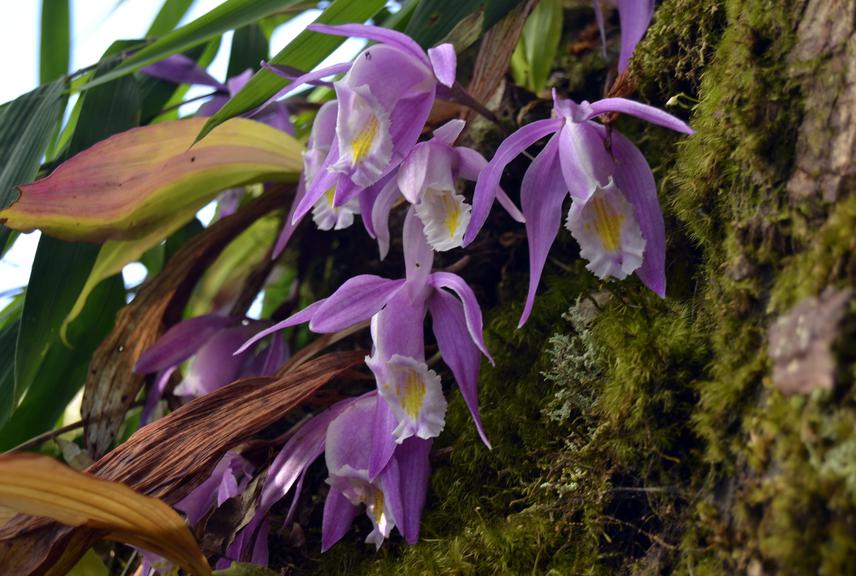Prabin Bhandari
Orchids in Nepal are protected under CITES appendix II. Panchase is believed to house 126 species of orchids, including four endemic to Nepal. Conservation activities in Panchase are severely hindered by a lack of reliable information on their taxonomy, ecology and distribution. This project aims to contribute to orchid conservation in Panchase, combining scientific procedures with social sciences through participatory conservation. The combination of basic science linked with human needs and patterns of exploitation will provide a compelling account of the threats and suggest potential measures for the conservation of orchids in Panchase.

Orchids in Nepal are protected under CITES appendix II. Panchase is referred as the biological corridor connecting the Chitwan Annapurna Landscape, which is believed to contain 126 species of orchids, including four endemic to Nepal (Subedi et al. 2002, Bhandari 2015). Panchase, although being a hotspot for orchid diversity, is facing severe threats, the most common of which include over collection, free grazing, deforestation and poaching (Subedi et al. 2007). The current rate of habitat degradation, combined with these local factors, leaves no guarantee this floral treasure will survive. Moreover, conservation activities of orchids in Panchase are not satisfactory, due to the lack of adequate information on their taxonomy, ecology and distribution.
The project aims to preserve the richly diverse orchid population currently under threat in Panchase, by establishing a more detailed orchid data catalogue. The ecological studies of orchids will elucidate the spatial relationship among different orchid groups. In addition, orchids and pollinator’s relation from perspective of ecosystem services and functioning will be elucidated. A semi-permanent plots will be established with the use of grids combining other socio-ecological attributes for long term monitoring. Working with local communities will provide insight into the hidden ethnic uses of these plant resources and what methods can be put in motion to promote ongoing conservation practices for the future. Introducing conservation campaigns within local communities, and by involving them through the study, from field sampling to social surveys; will not only broaden their knowledge about orchids, but also help them feel ownership and a responsibility within the program.
The orchid data catalogue be will be a valuable asset for orchid enthusiasts. The spatial data of distribution of orchid will provide baseline data for predicting the impact of climate change on distribution of orchids in Panchase and central Nepal. Also, the empirical data will be a guide line for designing science based policies, conservation strategies and development planning. Overall, the project emphasizes the importance of Panchase as a hotspot of orchid diversity in Nepal, and call for recognition in the form of a ’Panchase Orchid Sanctuary’.